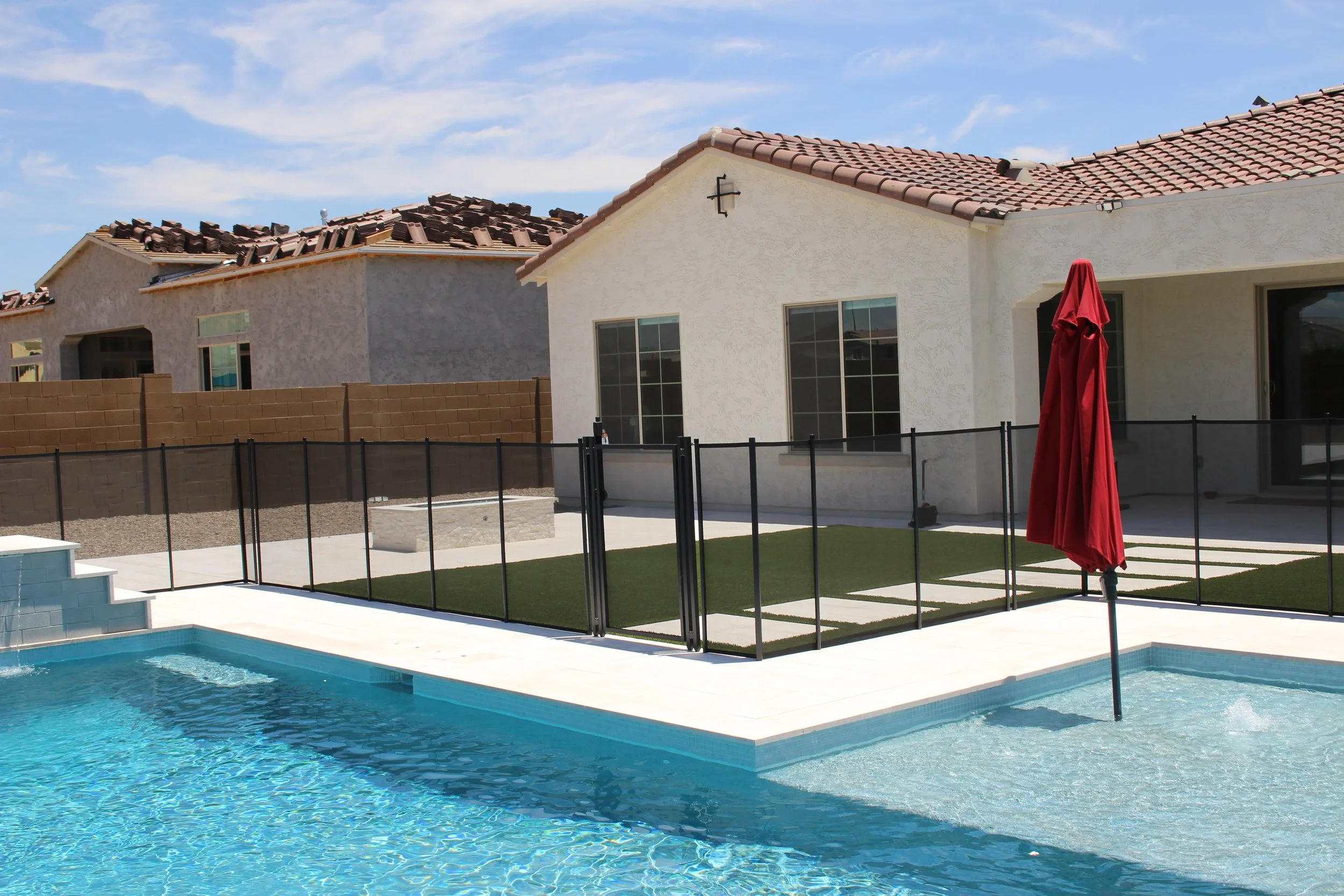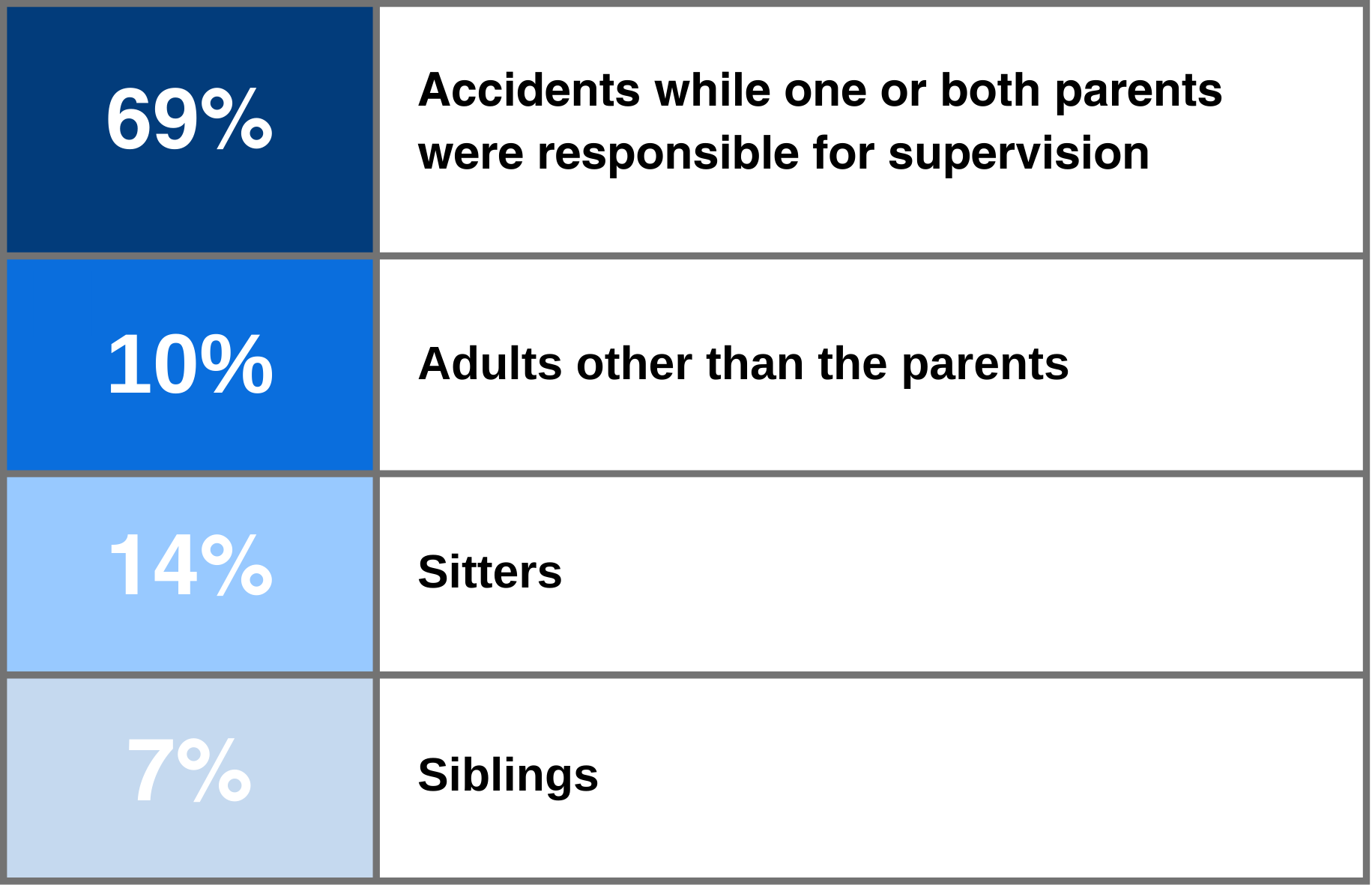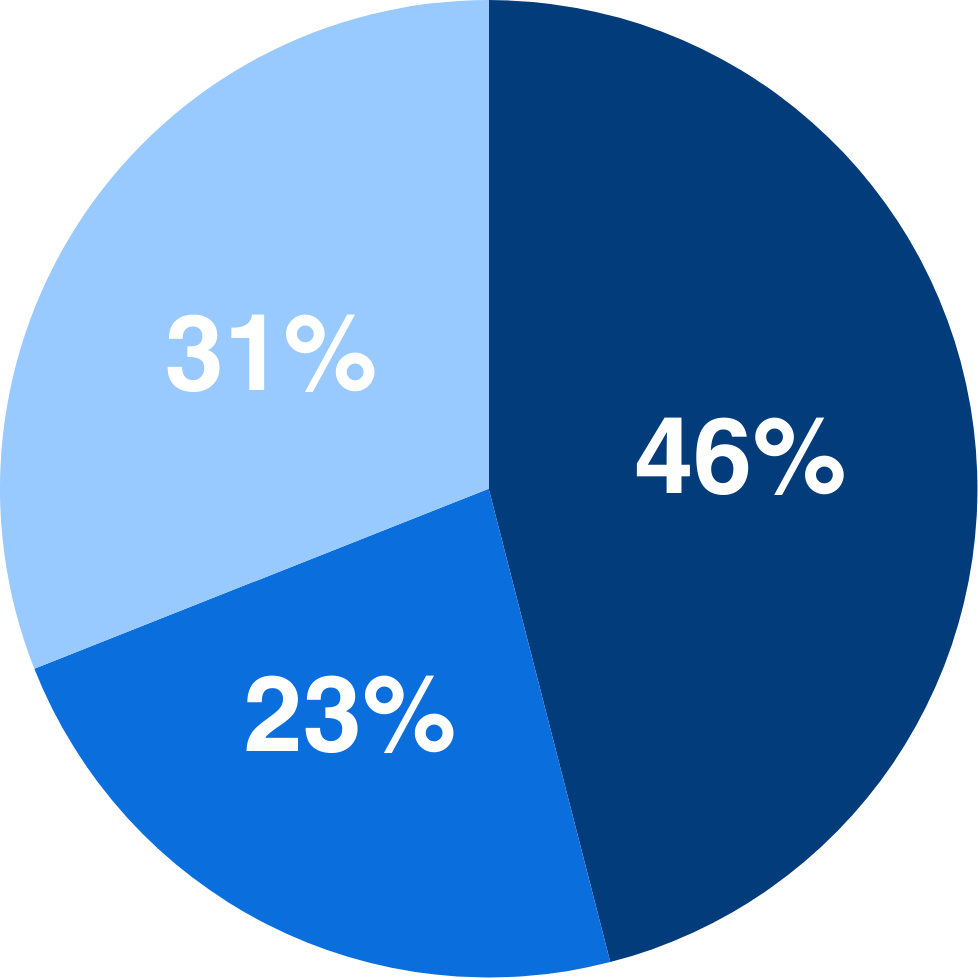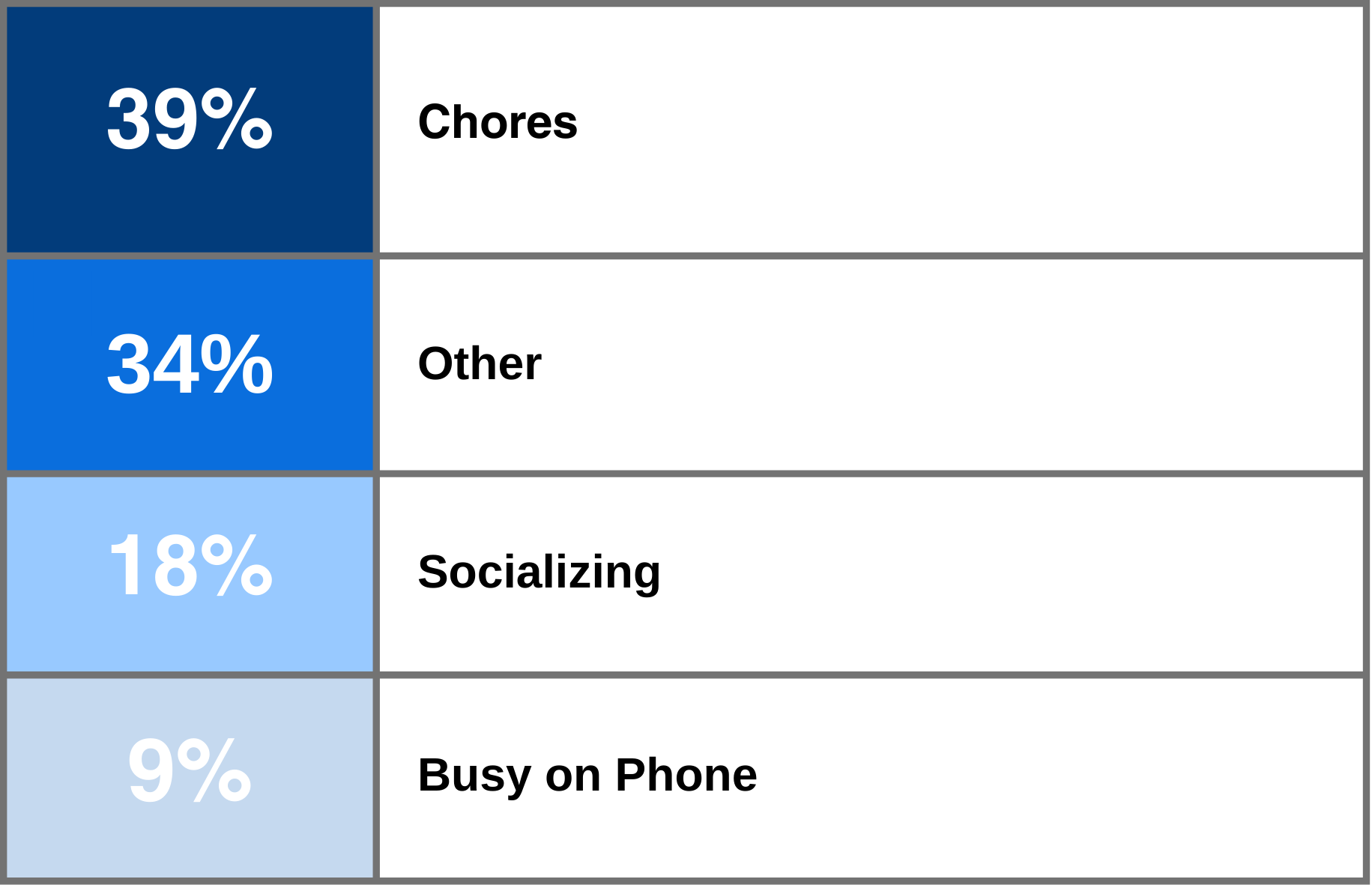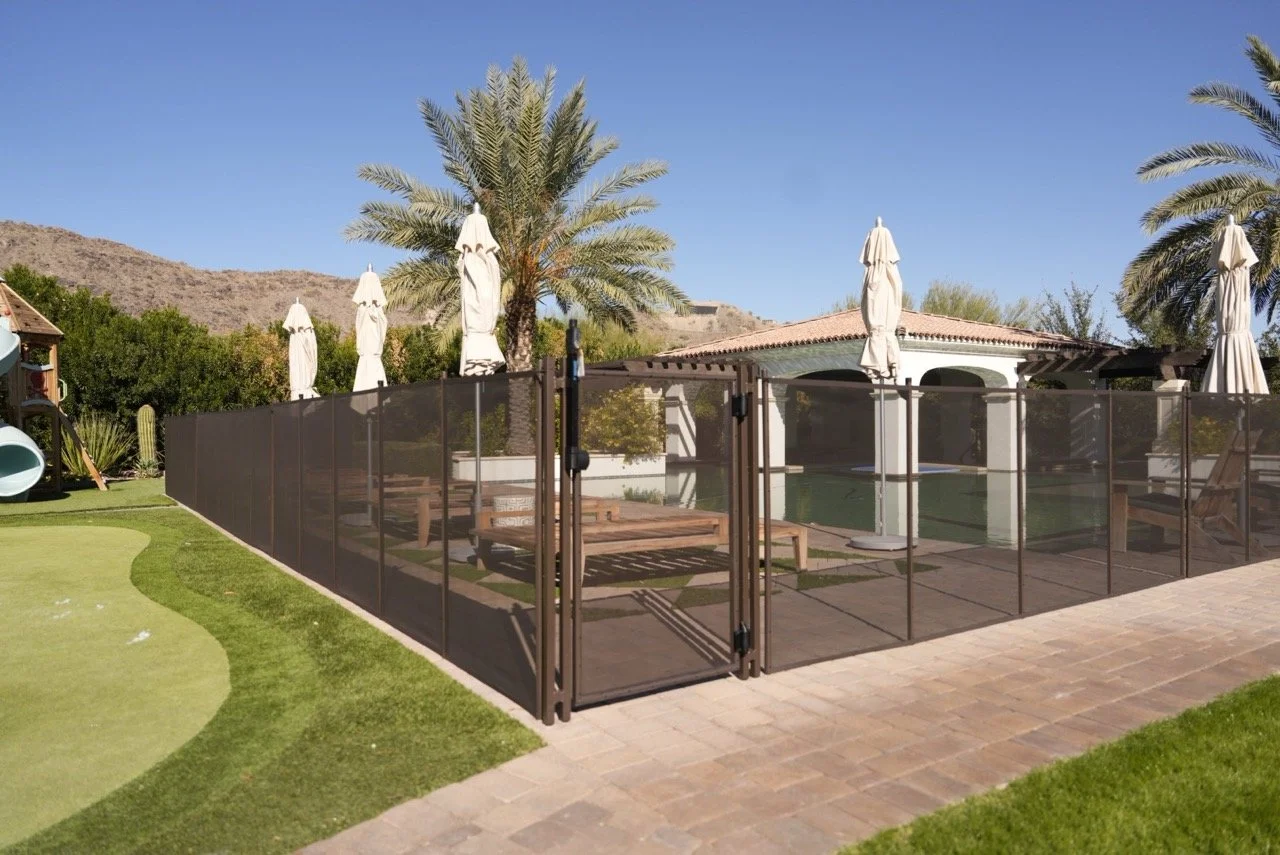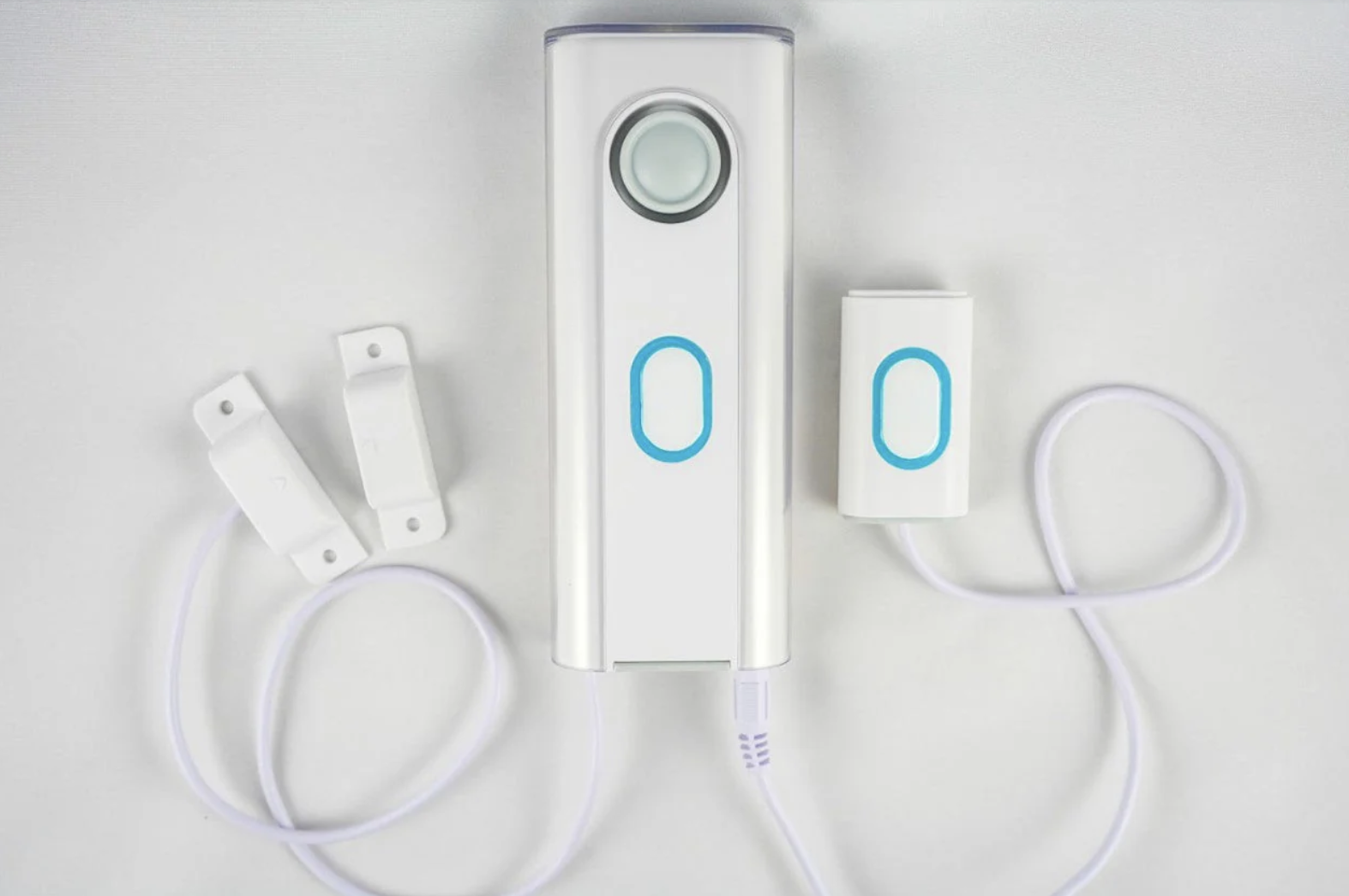Protecting Families, One Pool at a Time
Home pools are an incredible source of enjoyment, offering countless opportunities for fun, relaxation, and making memories with family and friends. However, they also come with significant responsibility. Without proper safeguards, pools can pose serious risks, especially for young children.
An unattended pool can be more dangerous to a toddler than many other household hazards. Just like you would secure other potential dangers in your home, it’s critical to treat pool safety with the utmost seriousness.

The Stark Reality of Drowning
Drowning is one of the leading causes of accidental death for children under five years old, particularly in states like Arizona, Florida, and California. For every fatal drowning, there are many more near-drowning incidents, some resulting in life-altering brain damage.
In most cases, the parents involved were attentive and responsible, living in family-oriented communities with secure homes. The unfortunate truth is that drowning doesn’t discriminate—it can happen to anyone. The U.S. Consumer Product Safety Commission (CPSC) has found that even the most diligent supervision can fail in a moment of distraction.
Key Findings From Pool Drowning Studies:
Who was in charge of supervising the water?
What was the location of the pool drowning?
Where were they last seen?
What activity was the person responsible for supervision involved in at the time of drowning?
Drowning occurs silently and in an instant, with no call for help.
77%
77% of drowning victims were discovered within five minutes of being last seen.
The Importance Of
Layers of Protection
Pool safety begins with active supervision but requires multiple layers of protection to create a safer environment. These layers act as fail-safes to ensure that if one precaution fails, others are in place to prevent tragedy as studies show 69% of drownings occur when supervision was in place but no other backup layers were in use.
Essential Layers of Protection:
Physical Barriers & Alarms : Install and maintain physical barriers like four-sided fencing with self-closing, self-latching gates. Add pool covers and water alarms to restrict unauthorized access and alert you if someone enters the water.
Supervision: Never leave children unattended in or near a pool. Supervision is the first and most critical layer of protection.
Water Competency: Equip every family member with basic water safety skills, including the ability to float, tread water, and swim. Enroll in swim lessons to strengthen these skills and build confidence in the water.
Life Jackets: Always use U.S. Coast Guard-approved life jackets when around open water or for inexperienced swimmers. They are an essential tool for unexpected water entry and emergencies.
Emergency Preperation: Be ready to act in an emergency. Learn CPR with rescue breaths, basic water rescue techniques, and ensure a phone is nearby to call 911. Seconds matter in a drowning situation.
Stay Vigilant: Supervision is Key
The best layers of protection cannot replace active supervision. Accidents often happen during brief moments of distraction, such as answering the phone or stepping away for a chore. Consider keeping a phone near the pool area and designating a responsible adult as the “Water Watcher” during swim times.
Pool Rules
Set clear, uncompromising rules for pool use and ensure everyone in your household knows and follows them:
Keep doors leading to the pool locked at all times.
Never use doggy doors if children have access to them.
Use alarms on doors, gates, and the pool itself for added security.
Always remove toys from the pool area after use to reduce temptation for children.
Establish a “no compromise” policy: if the pool rules are broken, access to the pool is restricted.
Advanced Safety Measures
Alarms:
Floating surface alarms can detect disturbances but may miss a child quietly entering the pool.
Subsurface pool alarms are more reliable and less prone to false alarms.
Personal immersion alarms, such as wristbands, provide continuous protection for children wearing them.
Survival Training for Toddlers: Start water survival training early. Children can be taught to float on their backs, reach for the pool’s edge, and climb out. Refresher courses after periods of inactivity, like the winter months, are essential to maintain these skills.
CPR saves lives
In the event of an accident, knowing CPR can make all the difference. Many local organizations and hospitals offer affordable training programs. By learning CPR, you may save not only your child but someone else’s.
Stay Vigilant.
Supervision is Key
The best layers of protection cannot replace active supervision. Accidents often happen during brief moments of distraction, such as answering the phone or stepping away for a chore. Consider keeping a phone near the pool area and designating a responsible adult as the “Water Watcher” during swim times.

